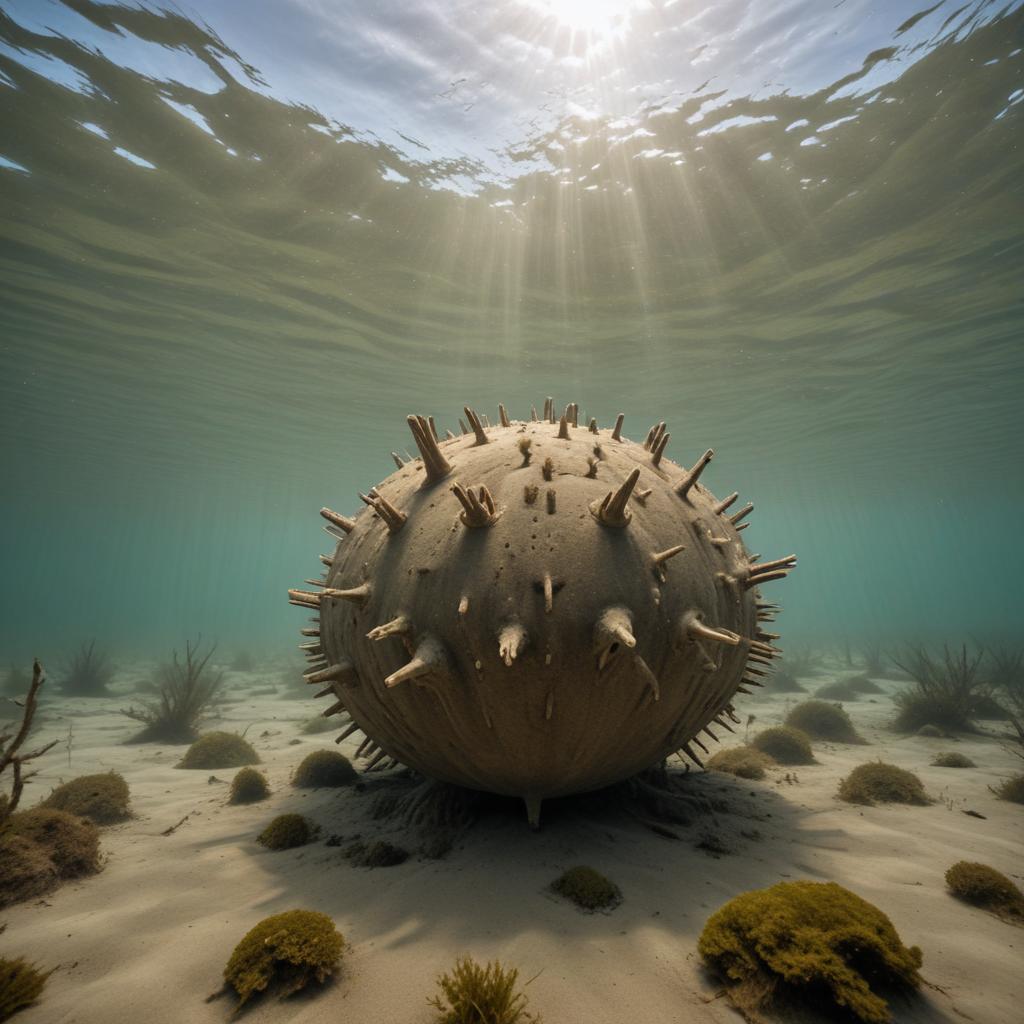Scientists have uncovered an astonishing phenomenon in Germany's Bay of Lübeck: thousands of Nazi bombs and munitions, dumped after WWII, have unexpectedly become vibrant underwater ecosystems. Far from creating a toxic 'desert,' these relics now host a bustling metropolis of marine life, including starfish, crabs, and rare fish, showcasing nature's incredible adaptability.
In the brackish waters of Germany's Bay of Lübeck, a forgotten legacy of World War II—thousands of Nazi bombs, torpedo heads, and mines—has transformed into an extraordinary marine habitat. Scientists, initially expecting a lifeless, poisoned 'desert,' were astonished to discover a thriving, regenerated ecosystem. Lead researcher Andrey Vedenin's team found an 'underwater metropolis' where over 40,000 animals per square meter, including starfish, fish, crabs, sea anemones, and mussels, live directly on the decaying munitions, far outnumbering life in the surrounding areas. This ironic twist highlights nature's remarkable ability to adapt, turning instruments of destruction into havens for life. These artificial structures effectively replace natural hard surfaces, like boulders, which were removed from the Baltic Sea for coastal construction. They also act as de facto protected areas, shielded from fishing and other human activities, allowing vulnerable species like the Baltic cod to flourish. This phenomenon mirrors similar observations with shipwrecks and decommissioned oil rigs globally. While these millions of tonnes of submerged munitions worldwide pose significant risks from explosions and toxic chemical leaks, the study in Lübeck offers a blueprint. As Germany begins removing these relics, scientists advocate replacing them with safer artificial structures to preserve these unexpectedly vital ecosystems, demonstrating that even the most destructive human debris can become scaffolding for new life.



